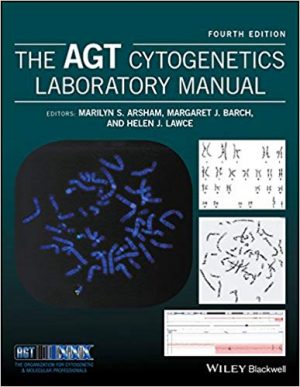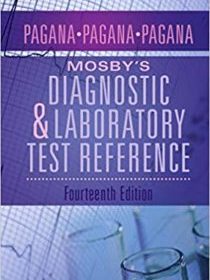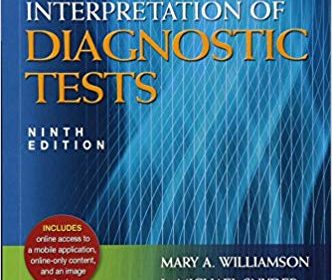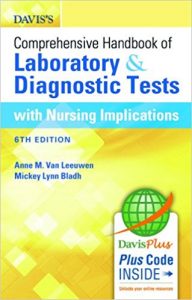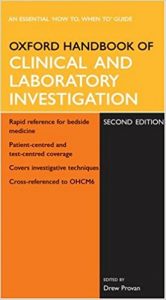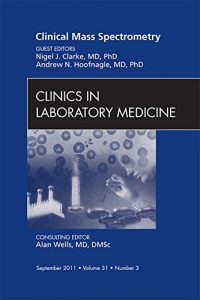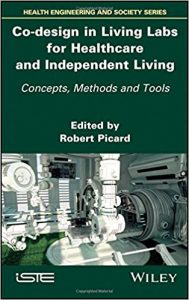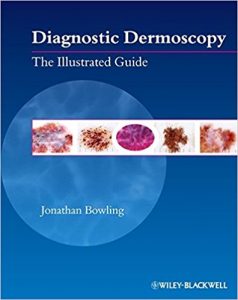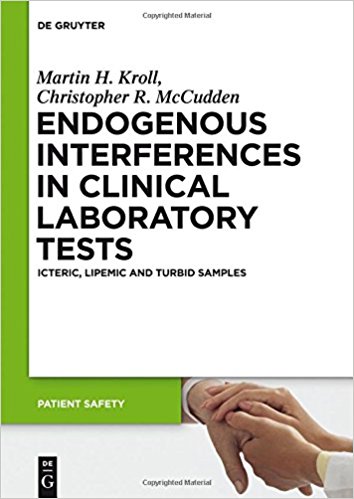Nadia Chugal, MPH, DDS, MS, is Clinical Professor at the University of California, Section of Endodontics, Los Angeles, where she is Program Director of the Postdoctoral Endodontic Program. Dr. Chugal is a Diplomate of the American Board of Endodontics. She gained her MPH, DDS, and MS from University of California Los Angeles School of Dentistry in 1984, 1988 and 1990, respectively, and completed the endodontic residency at the University of Connecticut.. She joined the UCLA’s Section of Endodontics in 1997 as faculty and has also worked in private practice, limited to endodontics, since that year. Dr. Chugal has been a member of various national committees, including, currently, the Joint Commission on National Dental Examinations and the Commission on Dental Accreditation, and is a past president of the Southern California Academy of Endodontics. She serves on the advisory board of the Journal of Endodontics and acts as a reviewer for several leading journals in the field of endodontics. The main focus of Dr. Chugal’s research has been endodontic prognosis and she is the author of award-winning articles on this subject. Her current research includes the study of new imaging technologies for endodontic diagnosis and treatment planning with the aim of developing more effective therapies and improving prognosis, as well as a translational study that deals with novel approaches in studying microbiology of the infected root canals.
Louis M. Lin, BDS, PhD, DMD, is Professor in the Department of Endodontics at New York University College of Dentistry, having previously held chairs at the School of Dentistry, University of California, Los Angeles (2000-2002) and the Department of Endodontics, UMDNJ – New Jersey Dental School (1989-2000). Dr. Lin is a Diplomate of the American Board of Endodontics. He gained his BDS from the School of Dentistry, Chung Shan Medical University in 1964, his DMD from New Jersey Medical School in 1976 and his PhD in Pathology from University of Oklahoma Medical Center in 1972. Dr. Lin completed specialty training in Oral Surgery at National Tokyo University Hospital, Tokyo, Japan, Oral Pathology at Louisiana State University Medical Center, and Endodontics at the School of Dental Medicine, University Connecticut Health Center. He also engaged in private practice before joining UMDNJ – New Jersey Dental School in 1983. Dr. Lin has won various awards, including the Modern Chinese Outstanding Achievement Award, and has been listed in Outstanding Dentists in America and Who’s Who in Frontier Science and Technology. He is a member of the editorial board of several journals, including the Journal of Endodontics and the International Journal of Dentistry, and he has published numerous articles in peer-reviewed journals.
DOWNLOAD THIS BOOK FREE HERE
